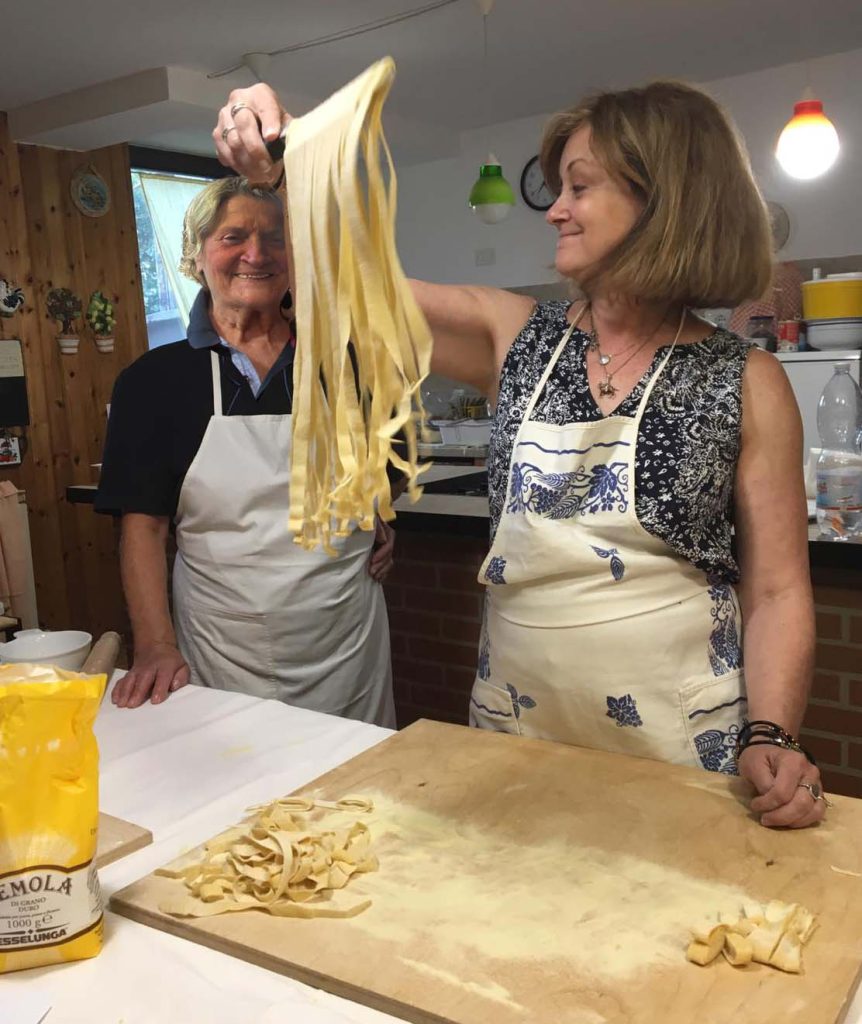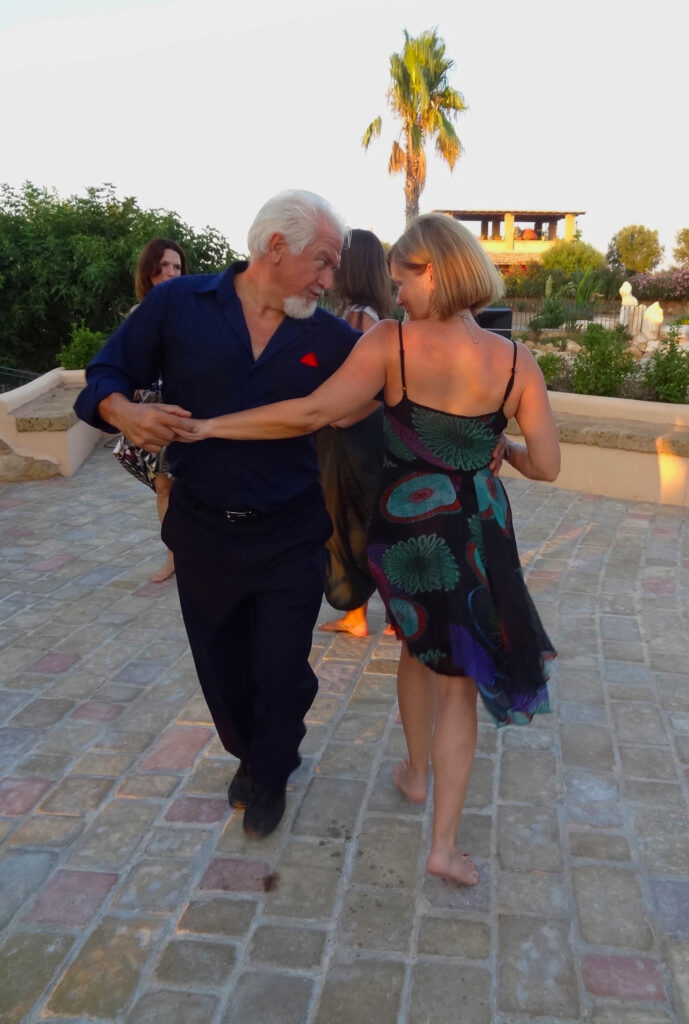A occhio e croce! — Un’espressione italiana tutta da… indovinare!
A Occhio e Croce!”— An Italian Expression That’s a Total Guessing Game!
Una croce, un occhio e un po’ di intuito
A cross, an eye, and a bit of intuition
L’espressione “a occhi e croce” unisce due immagini: l’occhio, che rappresenta l’osservazione approssimativa, e la croce, che in passato era un modo veloce per indicare un punto o segnare una stima veloce su un foglio. Alcuni dicono che la “croce” possa anche riferirsi al gesto vago fatto con la mano, come a dire “più o meno da queste parti”.
The expression “a occhi e croce” combines two images: the eye, representing a rough observation, and the cross, which in the past was a quick way to mark a point or make a rough estimate on paper. Some say the “cross” may also refer to a vague hand gesture, like saying, “around here somewhere.”

Un’origine tra superstizione e praticità?
A mix of superstition and practicality?
C’è chi crede che la “croce” abbia anche un’origine religiosa o scaramantica — fare il segno della croce per “proteggerci” da errori troppo grandi! Ma l’uso moderno è del tutto pratico e quotidiano.
Some believe the “cross” has a religious or superstitious origin — like making the sign of the cross to protect oneself from making a huge mistake! But in modern usage, it’s entirely practical and part of daily conversation.

Come si usa “a occhio e croce”?
How is “a occhio e croce” used?
Immagina che qualcuno ti chieda: “Quanti invitati ci saranno alla festa?” e tu rispondi: “Mah, a occhio e croce… direi una cinquantina.” Oppure stai cucinando e dici: “Non ho misurato la farina… l’ho messa a occhio e croce.”
Imagine someone asks, “How many guests will be at the party?” and you say: “Hmm, off the top of my head… I’d say about fifty.” Or you’re cooking and say: “I didn’t measure the flour… I just eyeballed it.”
Oltre a “a occhio e croce”, puoi anche usare espressioni simili come “a spanne” (literally: “by arm lengths”) oppure il più semplice “più o meno” (more or less). Tutte esprimono lo stesso concetto: niente di preciso, ma abbastanza per farsi un’idea.
In addition to “a occhio e croce,” you can use similar expressions like “a spanne” (literally: “by arm lengths”) or the more common “più o meno” (more or less). They all express the same idea: nothing exact, but enough to get the picture.
E allora, pronti a stimare… a occhio e croce?
So then, ready to start estimating… off the top of your head?
“A occhio e croce” è una di quelle espressioni che ti fanno sembrare subito più italiano — rilassato, spontaneo e perfettamente a tuo agio nelle conversazioni di tutti i giorni. È pratica, simpatica e piena di personalità. Quindi la prossima volta che devi fare una stima, indovinare o improvvisare… butta lì un bel “a occhio e croce” e vedrai quanto suona naturale!
“A occhio e croce” is one of those expressions that instantly makes you sound more Italian — relaxed, spontaneous, and totally in tune with everyday conversation. It’s practical, playful, and full of personality. So next time you’re estimating, guessing, or just winging it… throw in a confident “a occhio e croce” and see how naturally it rolls off your tongue.
Fammi sapere nei commenti — l’hai già usata oppure stai per provarla adesso? A occhio e croce… direi che sei prontissimo!
Let me know in the comments — have you already used it, or are you about to give it a try? Off the top of my head… I’d say you’ve got this!
🇮🇹 Un consiglio dalla Matta 🇮🇹
Matta Italian Language Tip!

Ma si può dire anche solo “a occhio”?
Can you also just say “a occhio”?
Sì! Spesso gli italiani abbreviamo “a occhio e croce” semplicemente in “a occhio”. Per esempio: “Quanta pasta hai cucinato?” — “Boh… l’ho fatta a occhio!” Vuol dire che si è andati “a sentimento”, senza bilancia né misurini!
Yes! Italians often shorten “a occhio e croce” to just “a occhio.” For example: “How much pasta did you cook?” — “I don’t know… I did it by eye!” It means they went with gut feeling — no scale, no measuring spoons!











Fantastico!! Sto imparando tante espressioni, tanti vocaboli !! Grazie mille!!
Ciao! Non c’è di che! Sono contenta che ti piaccia il post! La lingua italiana è piena di espressioni divertenti! 🙂